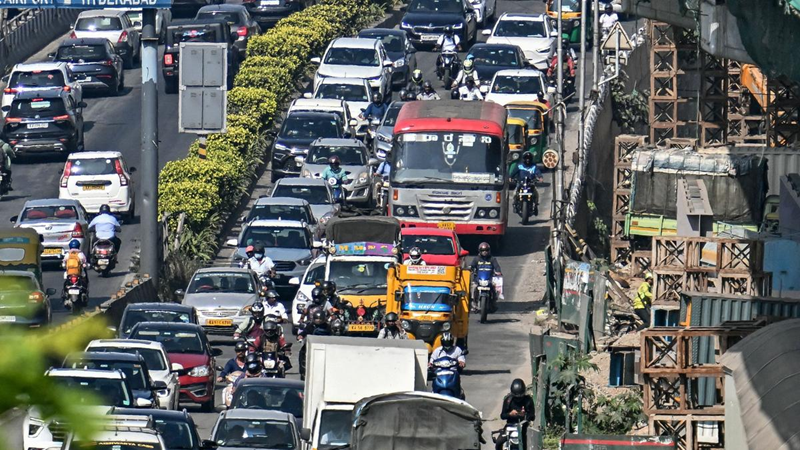
Easing the Rigours of Mobility
Mobility in and around Bengaluru is set to get a massive boost as the Suburban Rail project inches closer to realisation. Prime Minister Narendra Modi laid the foundation stone on Monday for the Bengaluru Suburban Rail Project (BSRP) envisaging a 148 km network connecting the core of the city to major suburban centres.
Though there had been incremental development on the project since 2013 when the Siddaramaiah Government submitted the proposal prepared by the Department of Urban Local Transport (DULT) in December that year, work has been outpaced by the expansion of the metropolis.
Meanwhile, the Namma Metro was conceived, laid and became operational from October 20, 2011. Today it claims a daily ridership of around four lakh commuters. Yet, mobility experts were never convinced of the Metro being an alternative to suburban rail.
Expenses of laying the infrastructure (elevated track or tunneling) were high in comparison and essentially required high degree of reconfiguration of the existing pattern of the city. It was sustained campaigning by a host of civil society groups that compelled a rethink on the commuter rail network that would basically use the existing rail network of the South Western Railway around the city.
Bengaluru is blessed with rail corridors in five directions i.e., Bangarpet, Hosur, Mandya, Chikkaballapur, and Ballari. Till early 1980s, these were connected with rail lines of diverse gauges. Though the suburban rail system was talked about during the early 1980s, no progress could be made due to the difference of gauges.
Under gauge unification, all lines were converted into broadgauge by 2005. It was only after this that civil society organizations proposed linking the towns on each of these corridors with local trains that could have uninterrupted access to the core and passage through the city. Increased number of automobiles, choked roads, toxic emissions and worsening quality of air, accidents and fatalities and ever-growing budget of commutation within the city were the factors that prompted bodies such as Praja and CISTUP in the Institute of Science (IISc) to conceive a rail mobility network that could bring down the expenses as well as commutation time.
Suburban rail or Namma Railu would connect 57 stations on four corridors. On completion in 40 months, it is projected to carry 10 lakh passengers a day. Besides a dedicated double track, it calls for upgrading of signaling system, provision of amenities for commuters and connectivity with other modes of transport at key stations.
The trains will follow a frequency rather than running to a schedule. Besides providing DEMU or MEMU coaches, these will have special coaches for small vendors. The rigours of the daily commuters will greatly ease if the South Western Railway, the BMRCL, the BMTC and the Namma Railu come up with a common mobility card at an early date. The city planners too would need to incorporate the Metro and Suburban Rail corridors into the planning of mobility in the city.
 English daily published in Bengaluru & Doha
English daily published in Bengaluru & Doha






